The Nearly Two-Century-Long History of Chicago’s Famed Grant Park
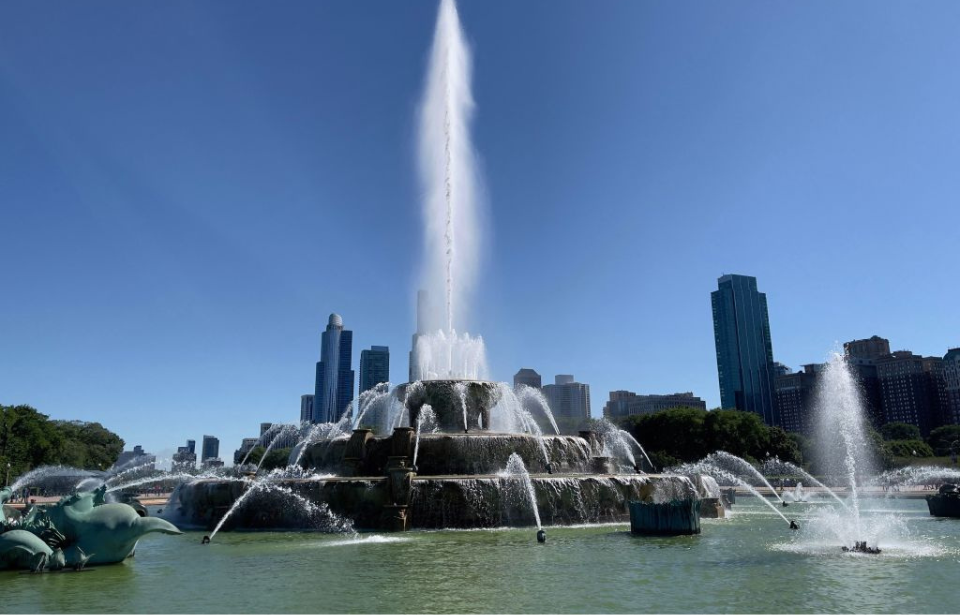
Real estate within the city of Chicago is very valuable, but a decision made back before it was incorporated has kept 319 acres free from homes and office buildings. Within this untouched oasis sits Grant Park, arguably one of the most beautiful locations in all of the United States.
Keeping a long-held promise
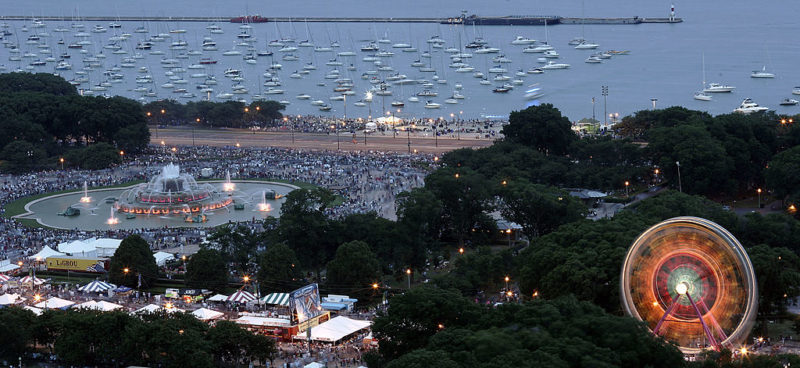
In 1839, the newly-formed city of Chicago was looking to attract wealthy people. Michigan Avenue featured beautiful views of the lake, and potential buyers wanted to make sure they remained unobstructed. To achieve this, a promise was made, which said the strip of land across the street would never be sold, nor built upon.
The open area officially became Lake Park in 1844. A few years later, the Illinois Central Railroad wanted to lay tracks over the water. They were allowed to, but the resulting construction created an area of stagnant water that later became filled with debris from the Great Chicago Fire of 1871. This was the first instance of the city expanding Grant Park through the use of landfill.
Grant Park rapidly expands
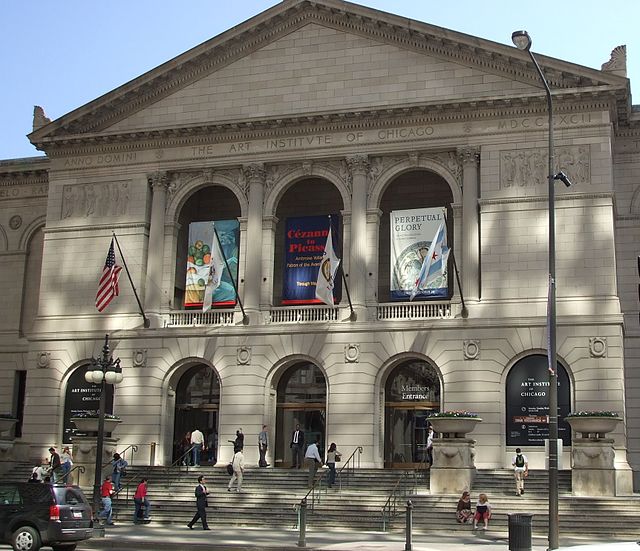
As Chicago grew, Grant Park became more impressive. Entrepreneurs eyed the location, but the existing restrictions gave them pause. The Chicago White Stockings built a stadium on the grounds in 1878. In 1884, however, the city took back the site from the team, noting that commercial enterprises weren’t allowed in the park.
While not commercial, additions were made to Grant Park. In 1892, the Art Institute of Chicago was built on the western edge of the park. In 1927, the Buckingham Fountain, one of the biggest in the world, was built in the center. The monument was a gift from philanthropist Kate Sturges Buckingham, in honor of her recently deceased brother, Clarence. Even nearly a century ago, it still cost around $750,000 to construct.
Music at Grant Park
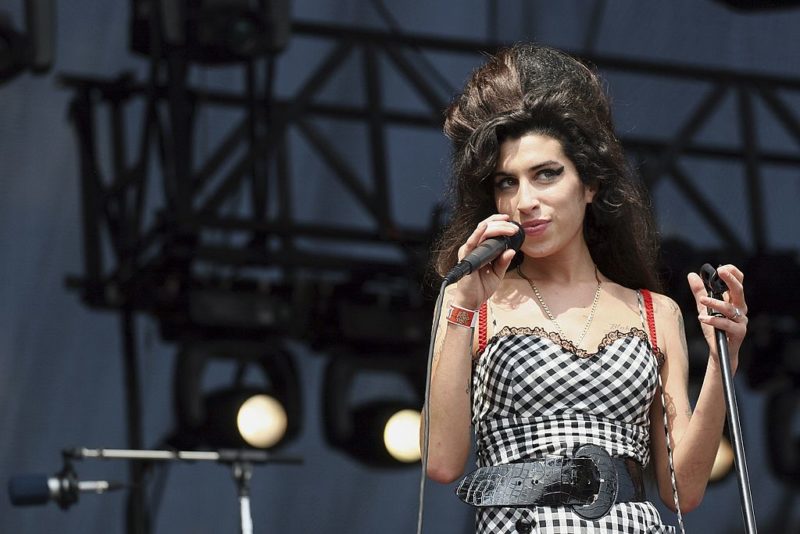
Grant Park has a long history of hosting musical events, many of which have been of the classical variety. Artists like Lily Pons, Van Cliburn and Jascha Heifetz performed there, and concert from violinist David Rubinoff in the 1940s drew close to 225,000 attendees.
There’s much more to Grant Park’s music scene, however, than just classical. It’s long been home to many music festivals, such as the Chicago Blues Festival, the Chicago Jazz Festival and Lollapalooza. The venue regularly draws massive crowds, and continues to be a popular destination for tourists and locals alike.
Of course, Chicago is also one of America’s great culinary cities. This means Grant Park hosts a number of food festivals, as well; throughout the summer, there’s plenty to listen to and eat.
Politics and Grant Park
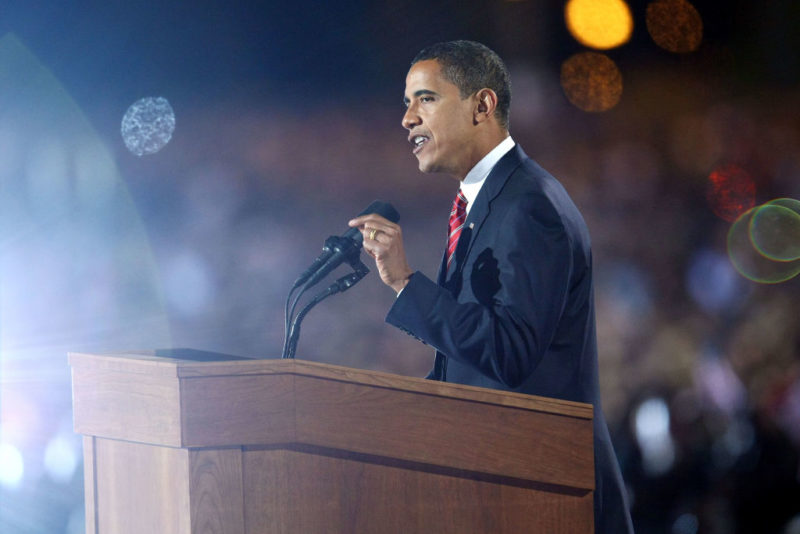
Grant Park has a long history of being involved in politics, beginning with its name. Originally called Lake Park, it was renamed in 1901 to honor American Civil War hero and US President Ulysses S. Grant. There’s also the Court of Presidents, which includes both a garden and artwork by local artists. A statue of Abraham Lincoln was installed there in 1926.
Prior to being elected president, Barack Obama had served as an Illinois State Senator and a US Senator from Illinois. When he was elected to the White House in 2008, he held his election night party at Grant Park.
Chicago’s front yard
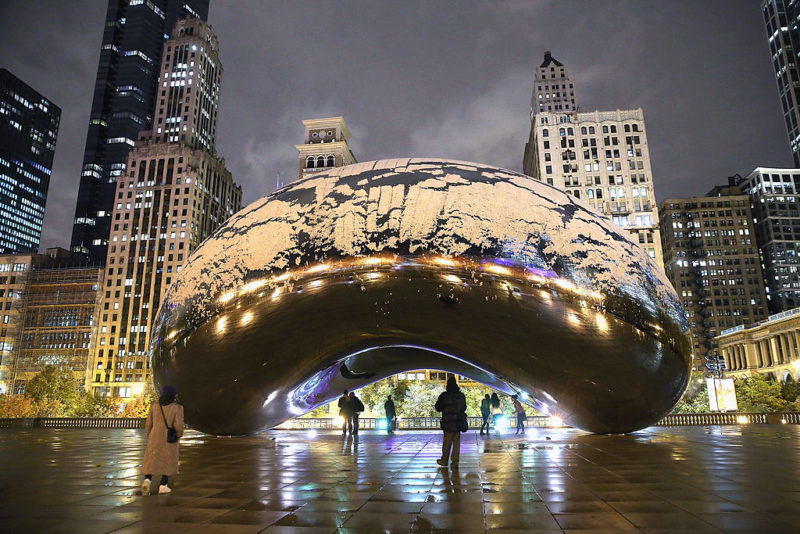
Like Central Park in New York City, Grant Park has become an indelible part of the Chicago landscape. The property has even been nicknamed “Chicago’s Front Yard.”
More from us: 7 Lesser Known National Parks And Why They’re Worth A Trip
More updates have followed into the 21st century. Opened in 2004, Millennium Park features both gardens and art installations. The two most popular attractions within it are Lurie Gardens and Cloud Gate, better known as “the Bean.” Another new area is Maggie Daley Park, which was redone from 2012-15. The area is a sports lover’s dream, and features winter and summer skating parks, tennis courts and rock climbing walls.
Many more installations, concerts and upgrades are likely to follow in the coming years.
